There are board games, like the ones you played during your childhood days, and then there are board games that haven’t even been heard of. The latter category is from different cultures and various parts of the world. These board games might be ancient, but at least it says a lot about how humans used to entertain themselves when there were no TVs, phones, media, electricity or anything else for that matter.
Shishima – Africa (Tirki Tribe)
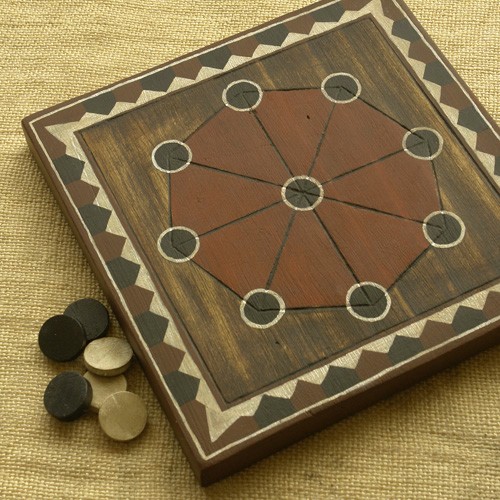
When they are not busy hunting, the Tiriki Tribe of Africa play this board game. The layout is similar to Three Men’s Morris or Tic Tac Toe. Players decide a color and the winner with 3 in a row formation wins it. However, the Octagonal layout makes it difficult for anyone to win in a short amount of time.
Bear – Ancient Rome
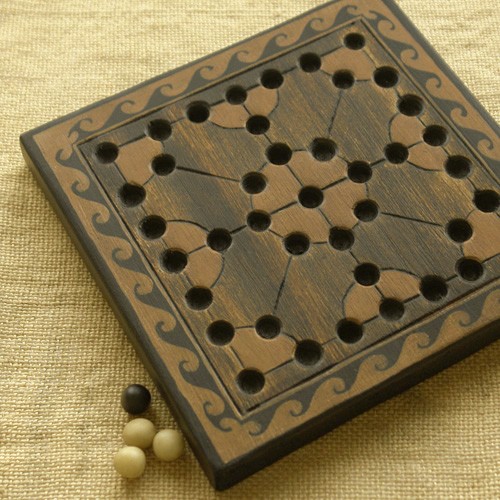
Yes, Roman’s also had their ways of enjoying despite of architectural advancements and many other things that kept men preoccupied during noon. The Black Pawn represents a Bear, whereas the three White Pawn are hunters. Players had to trap the bear via strategic movies, while the person playing as Bear had to evade them.
Tarni Lapilli – Rome
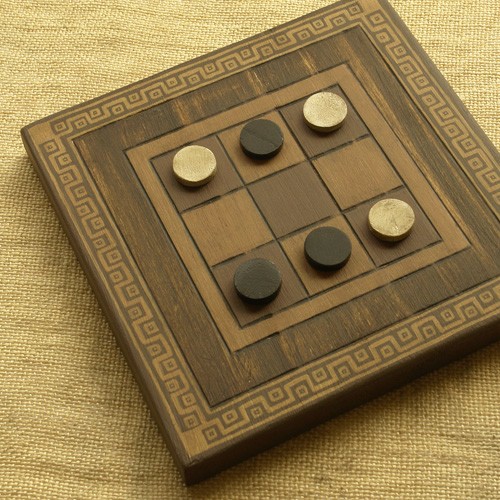
The name of this board game is bit of a tongue twister. However, this is another one of the famous games from ancient Rome. The rules of this game and the strategy is lost by now. But one can see that it looked similar to Tic Tac Toe.
Jarmo – Europe

Jarmo was so famous in its time during the Tartarian legacy that it was later on recreated by the European colonies. This is a pure strategic game; more like chess from today’s time period. The grandson of Genghis Khan would play at least one round before each battle to prepare himself mentally for the enemy onslaught.
Five Field Kono – Korea
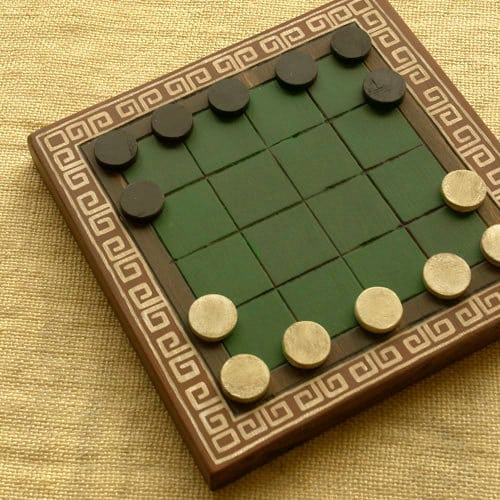
This Korean board game is also called Six Field Kono. Regardless, the concept was simple; whoever successfully managed to take all the pieces in same starting formation to the other side first, would be the winner.
Mu Torere – Maori Tribes

The Maori people used to play this board game, long before that region became part of the British Empire. The game started from the middle/ central position, and branched out as players advanced.
Jul Gonu – Korea
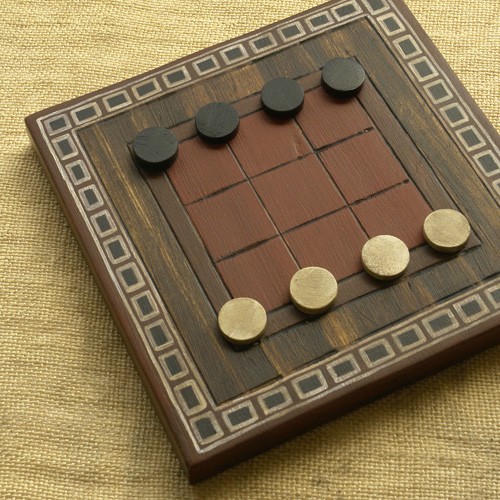
Jul Gonu is another simple variant of many Gonu series games from ancient Korea. The winner had to block the opponent’s movement by positioning the pawns strategically.
Umul Gonu

Another variant of the above Gonu game. This one only had a semi circular layout, but the objective remained the same – i.e. to stalemate the opponent by blocking their possible advance movements.
Sz’Kwa – Taiwan
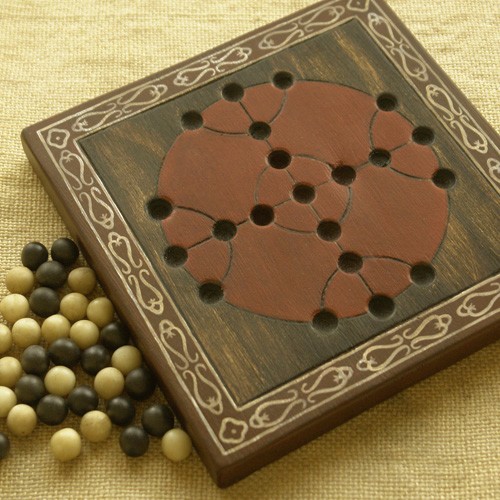
Sz’Kwa was a complex nature and lengthy Taiwanese board game. The abstract layout allowed players to capture the enemy’s pieces one-by-one through intersecting lines.
Halatafl – Viking Era

Yes, that’s true; this game goes back to the Nordic time period. The objective was similar to that of modern day checkers. The goal was to corner the opponent, while attempting to reduce their pawns to no more than five!
Tahir – Afghanistan
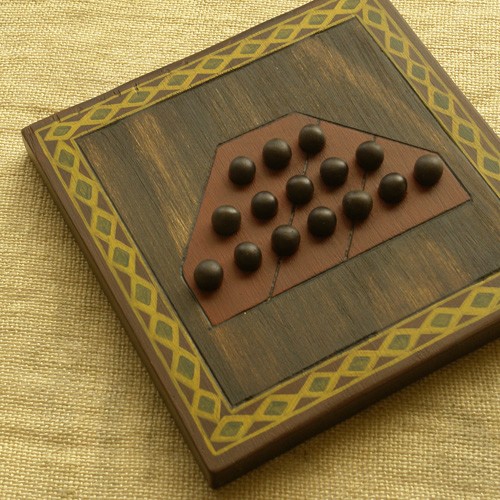
Tahir was one of the triangular formation board games from Afghanistan. It’s directions and strategies are lost by now. Even the modern day Afghans are oblivious to how it was played.
Len Choa – Thailand

The last known evidence of this game traces back to the 19th Century. Although it is confirmed that this was an abstract layout board game, it’s directions are lost. Some say that this was an animal hunt game where the opponents had to completely immobilize the black piece/ animal piece from further movement in any direction.
Konane – Hawaii

Konane was also the ancient version of modern day checkers. Opponents could hop around the other player’s pieces, while being able to eliminate them from the board.
Pong Hau K’i – China
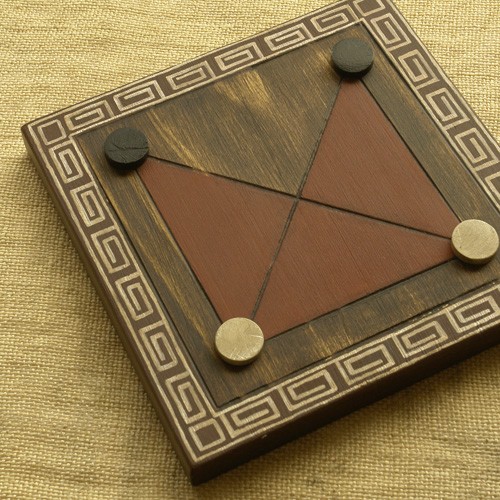
Pong Hau K’i may look like a simple Chinese board game, but the vertical linings made it impossible to win the game without any end to it. Players had to keep moving their pieces “until” they were immobilized from making advances from other player’s side.
Helga – African Deserts
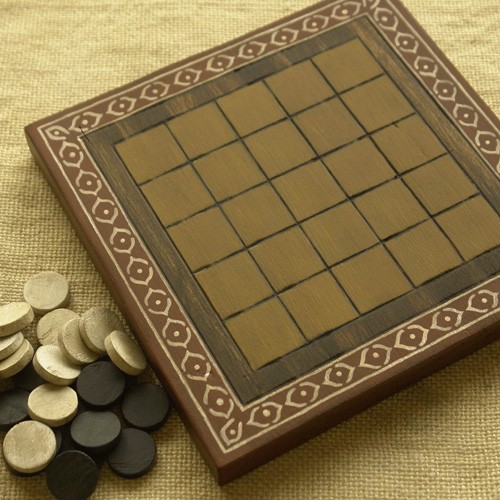
The tradition and directions of this game have been lost over time. While it is true that Helga was played in the Saharan desert areas of Africa, it is the same reason that the outside world doesn’t know anything about it.
Picaria – New Mexico
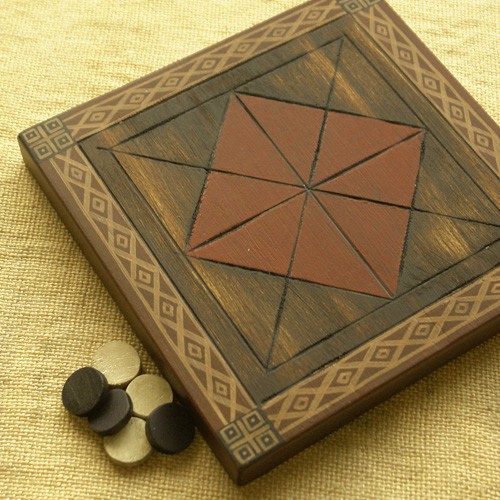
Picaria is an ancient abstract board game from New Mexico. Two players were required to play this game. The winner had to position pieces in 3-in-a-row formation either vertically, diagonally or horizontally.
Hare and Hounds – Ancient Europe
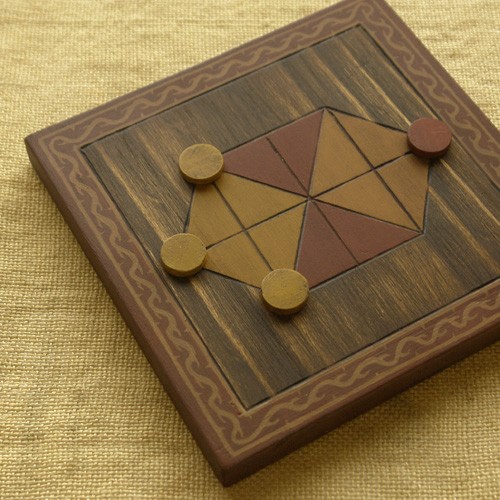
As the name suggests, Hare and Hounts was a hunting board game where the Red piece had to keep out maneuvering the opponent’s white pieces as long as possible.
Gavalata – Southern India
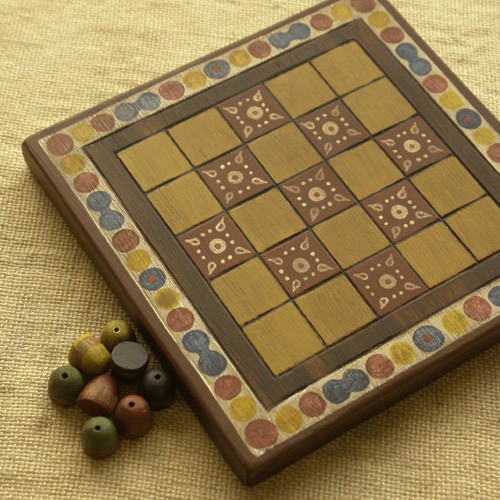
Gavalata from Southern Indian regions was a game similar to modern day Luddo.
Fox and Geese
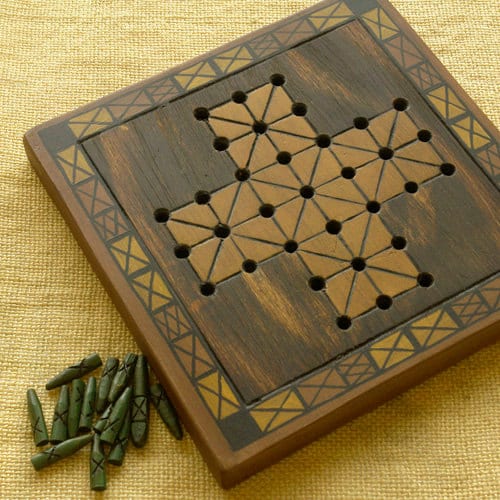
The British used to play this board game in ancient times. It involved two players; one who would control the smaller pieces that were the geese, and the other player would represent the fox. Another hunting style board game that was quite an interesting way of killing time.
The Coyote – Mexico
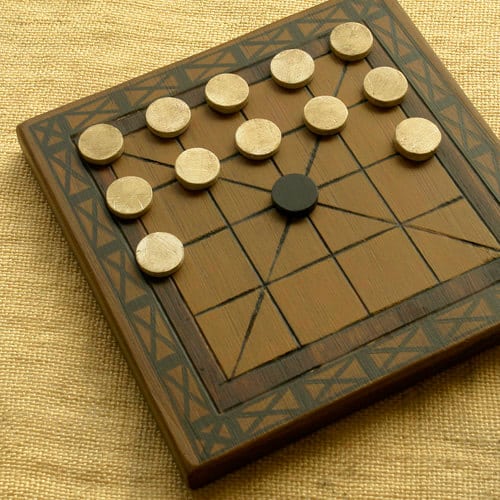
The white pieces in the above game were the sheep, whereas the black/ dark piece was the Coyote. It is similar to Fox and Geese game from Great Britain. The player playing the role of Coyote had to capture all the sheep.
Felli – Morocco

Felli was an ancient board game from Morocco. The players had to stalemate each other’s pieces, or immobilize them from further movement.
Shara – India
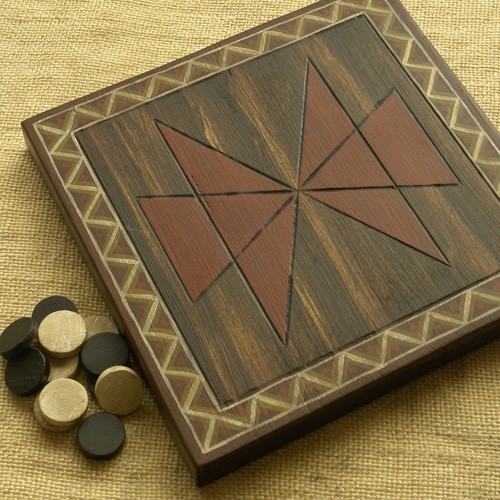
Another checkers’ variant of the modern day board game. The abstract lining made it difficult for players to successfully jump over the opponent’s pieces.
Escalier – Ancient India

The modern day Indians are not aware of Escalier anymore. According to history experts, this game’s objective was to position your pieces diagonally across the other side, the same way as the starting formation.
12 Men’s Morris – Ancient Rome

Similar to 3 Men’s Morris board game, this version involved increased number of pieces and more possibilities for different advanced movements. The game was divided in three strategic phases, which made it more difficult to play as opposed to other Roman board games.
Six Men’s Morris – Europe
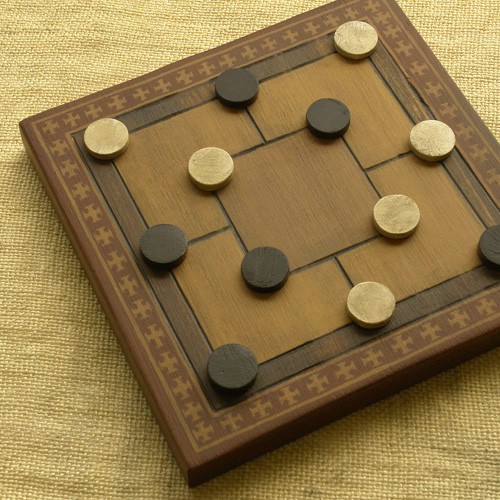
Apparently, European colonies also created their own version of the Morris series board games. The above game involved 6 pieces only to help offer a simple and yet interesting layout to opponents from both sides.